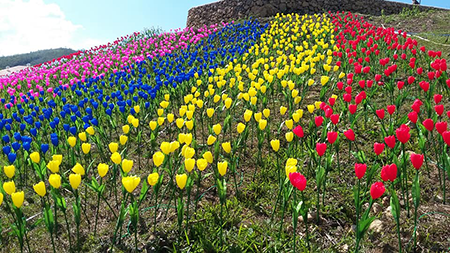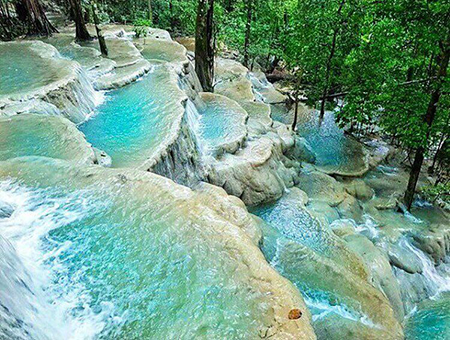| Abra - The Philippines' Natural Dye Capital |
| 2023-08-15 09:30 |
|
Abra is a landlocked province on the Western side of the massive Cordillera in Northern Luzon. This landlocked province is a melting pot of the lowland people of dominant Spanish ancestry and the unique ethnicity of the upland Tingguian tribe. Bangued is the capital town of the province. Its deep valleys and sloping hills are enclosed by rugged mountains, except in the Western portion where the Abra River flows towards the coastal plains of Ilocos Sur. The province of Abra is also known as the "Natural Dye Capital of the Philippines", because it is blessed with abundant natural dye-yielding plants. Natural dyes are extracted from the barks, leaves, fruits, roots of these plants, and used to color food, beverages, textiles, cosmetics, furniture and pharmaceutical products. Quick facts Governor: NIC VALERA Vice Governor: MARIA JOCELYN B. BERNOS POPULATION:250,985 (As of 2020) GEOGRAPHY: The Province of Abra has a land area of 3,975.55 sq. km. or 1.3% of the total land area of the Philippines. It is the largest in terms of land area among the provinces in the Cordillera. It is located on the western side of the Cordillera. It is a landlocked province bounded by Ilocos Norte and Apayao on the north, Mountain Province and Ilocos Sur on the south, Kalinga on the east and Ilocos Sur on the west CITY: 0 TOWNS/MUNICIPALITIES:27 (Bangued, Boliney, Bucay, Bucloc, Daguioman, Danglas, Dolores, La Paz, Lacub, Lagangilang, Lagayan, Langiden, Licuan-Baay, Luba, Malibcong, Manabo, Peñarrubia, Pidigan, Pilar, Sallapadan, San Isidro, San Juan, San Quintin, Tayum, Tineg, Tubo and Villaviciosa.) BARANGAYS: 303 LANGUAGE: Ilocano,Tinguian,Isneg,Tagalog,English CLIMATE: Abra's climate is characterized by two distinct seasons. The dry season occurs from November to April and the wet season occurs from July to November with high rainfall intensities, storms and typhoons. |

